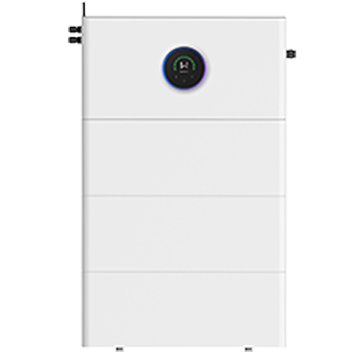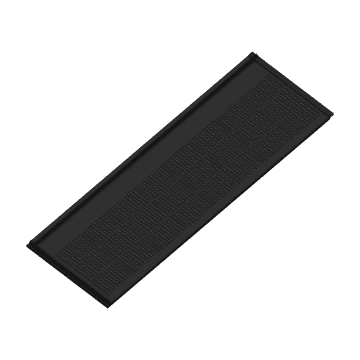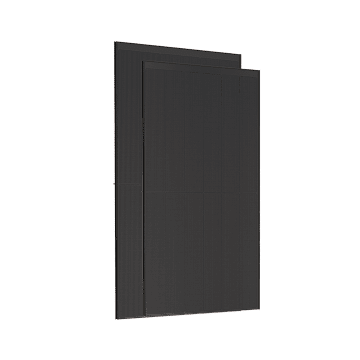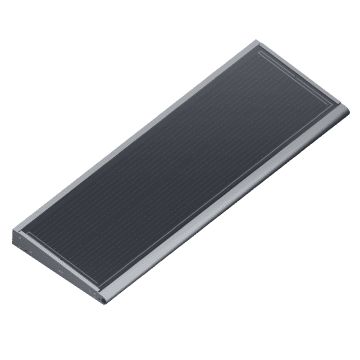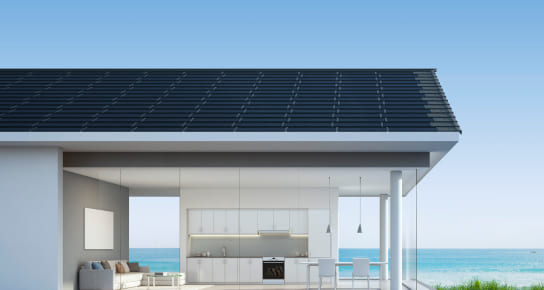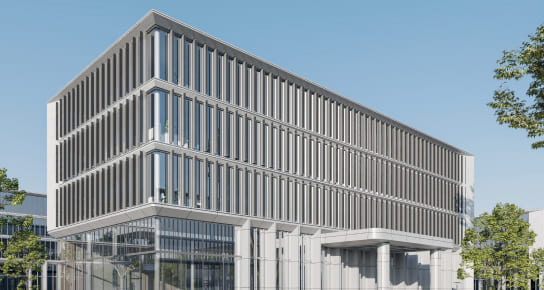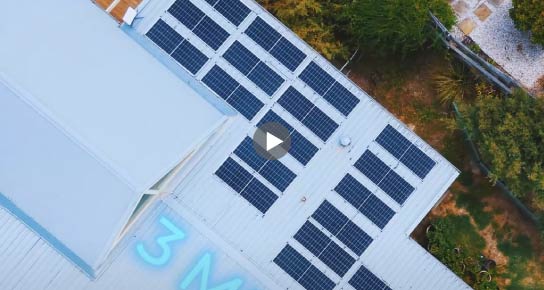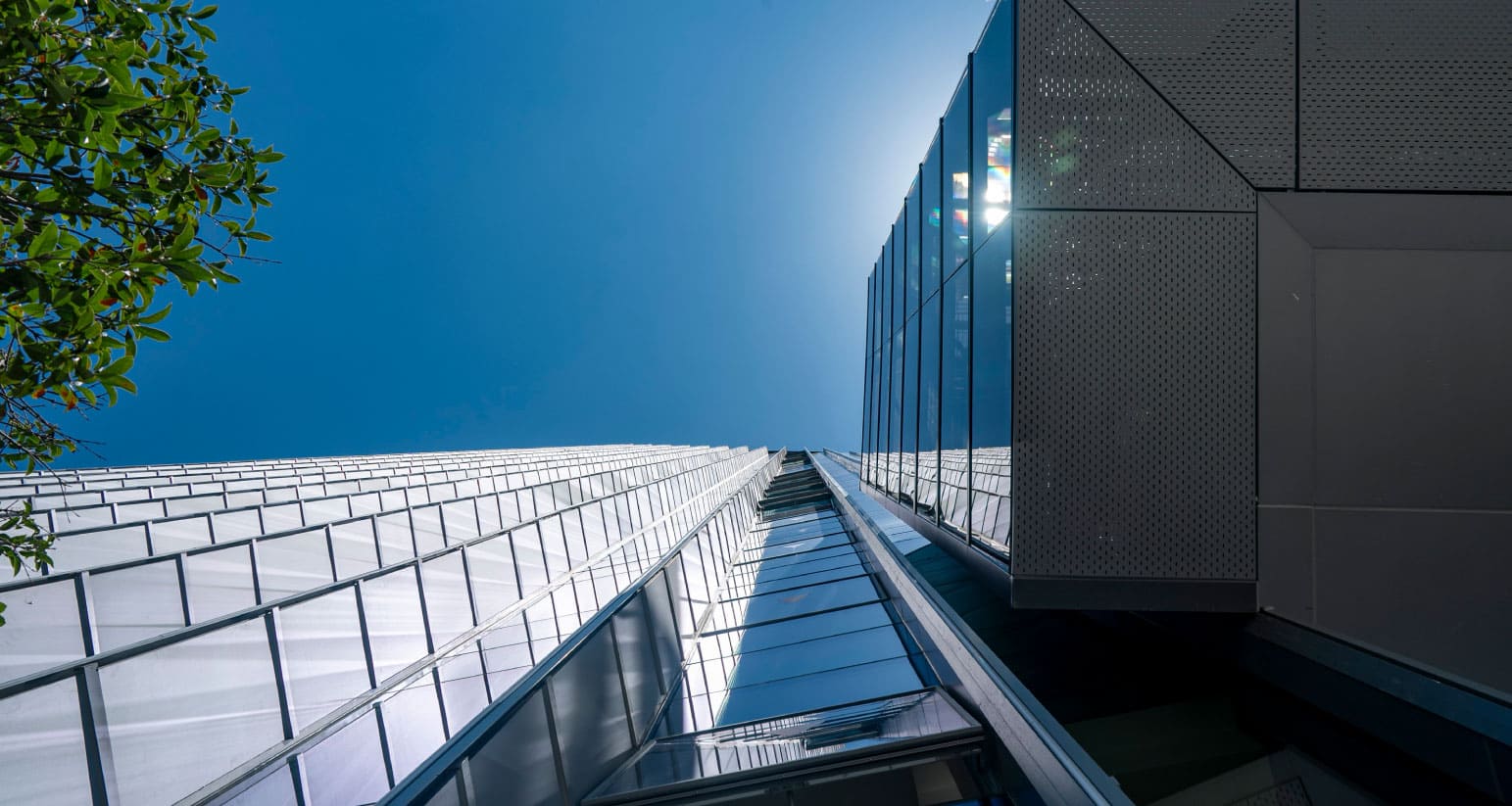Photovoltaic, Energy Storage, Direct Current, and Flexibility (PEDF) System
August 28, 2025
Background
When buildings transform from energy consumers to producers, every inch of urban space will radiate green vitality. Under GoodWe's vision of "Driving the world's smart energy future," the "Photovoltaic, Energy Storage, Direct Current, and Flexibility" (PEDF) technology is becoming the core concept of the building energy revolution. It is not merely a technical integration of photovoltaics, energy storage, DC power distribution, and flexible regulation, but also a vivid manifestation of GoodWe's "Generation-Grid-Load-Storage-Intelligence" strategy—by constructing a closed loop of "local generation - smart storage/usage - flexible interaction," it drives buildings to evolve from energy consumers into active nodes in the energy network.
"Generation-Grid-Load-Storage-Intelligence" forms the core framework for building a new power system, while "PEDF" is its practical implementation in building scenarios. Simply put:
•Photovoltaic (PV) Generation: Utilizing building roofs, walls, and other spaces to install PV modules, transforming idle surfaces into clean power sources;
•Energy Storage: Configuring energy storage systems to balance PV generation volatility, achieving "use sunlight by day, stored energy by night";
•Direct Current (DC) Distribution: Reducing AC/DC conversion losses, adapting to PV, storage, and DC appliances;
•Flexibility: Dynamically regulating loads like air conditioners and charging piles through intelligent algorithms to respond to grid demands.
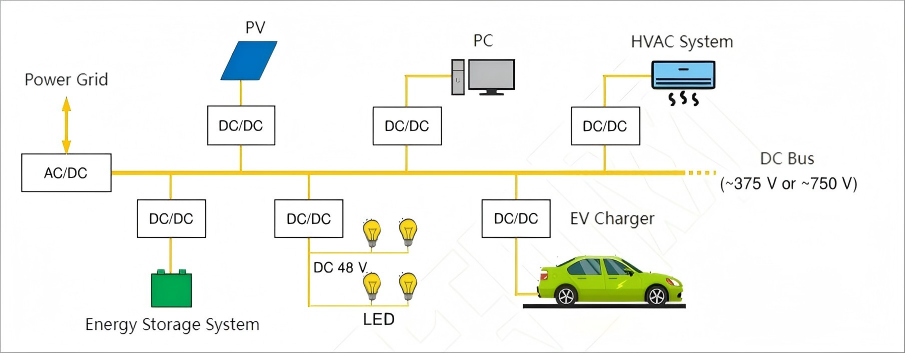
GoodWe's WE Smart Energy Management System acts as the "brain" of this architecture, enabling buildings to shift from unidirectional electricity consumption to energy hubs for "generation + peak shaving + trading."
PEDF System Powers Building Carbon Cutting
Against the backdrop of the Paris Climate Agreement and "Dual Carbon" policies, buildings, as key emission reduction entities, must confront the core challenge of their full lifecycle carbon footprint. Building carbon emissions span the entire lifecycle, with two critical domains:
Embodied Carbon: Generated during building material production, transportation, and construction phases, accounting for 30%-50% of a building's total carbon emissions (e.g., reinforced concrete production exceeds 8% of global emissions);
Operational Carbon: Originating from electricity, heating, and other energy consumption during building operation, accounting for 50%-70%.
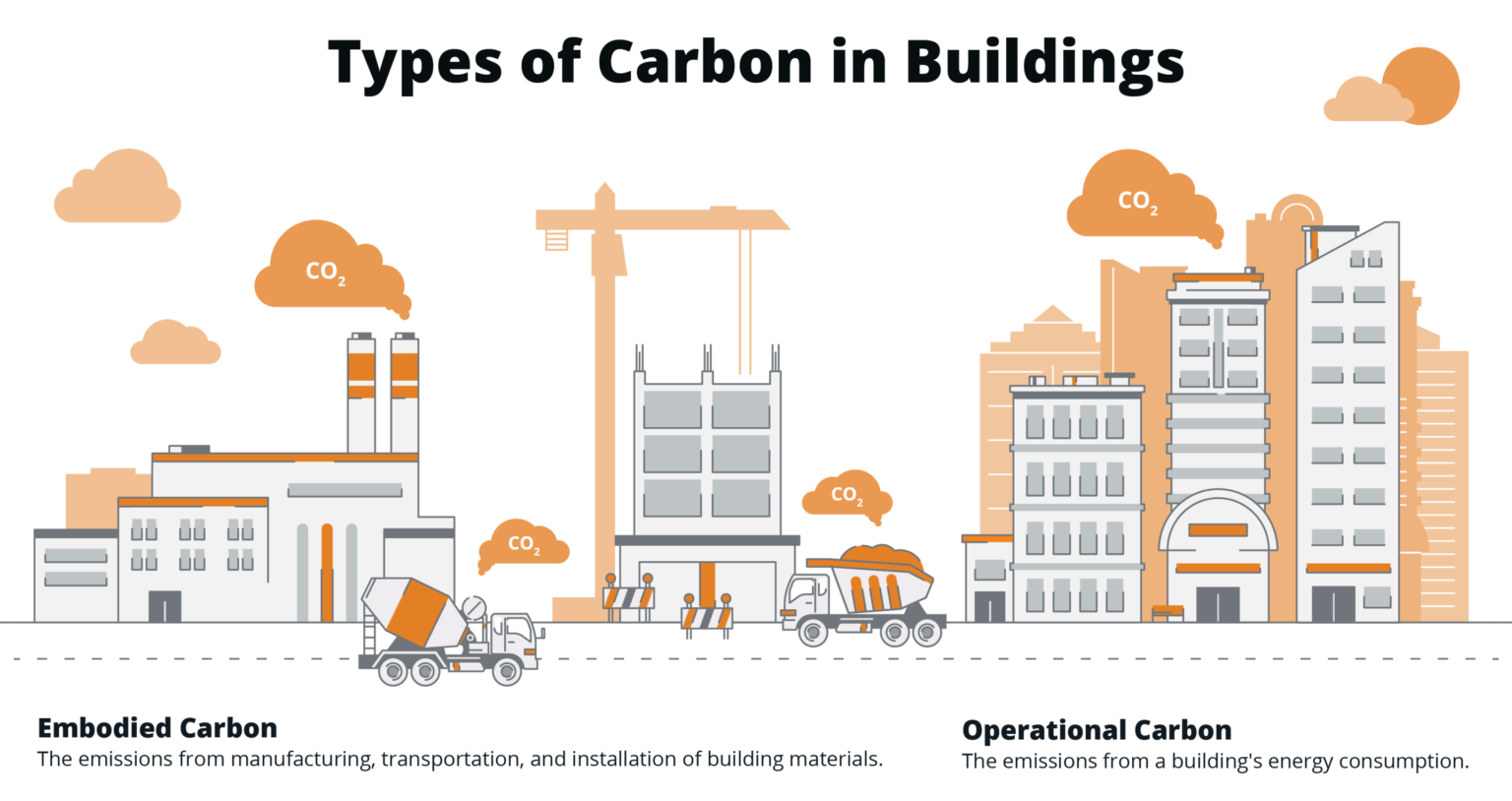
Image Source: CIBSE TM65 - Embodied Carbon in Building Services, 299lighting
Improving a building's carbon performance is fundamentally straightforward—expand sources and reduce expenditure: leveraging renewable energy systems (e.g., PV systems) and building greening for "source expansion," combined with architectural layout design, green building materials, and scientific operational strategies for "expenditure reduction."
Compared to other source-expanding and expenditure-reducing strategies, renewable energy systems achieve significantly higher carbon offset through energy output. This demonstrates how PEDF systems effectively enable "dual-carbon collaborative reduction." PV generation not only substitutes grid-supplied high-carbon electricity (operational carbon) but its building-integrated application (e.g., GoodWe's PVBM Sunshine series) can also replace traditional roofing materials, reducing steel and other material consumption and embodied carbon.
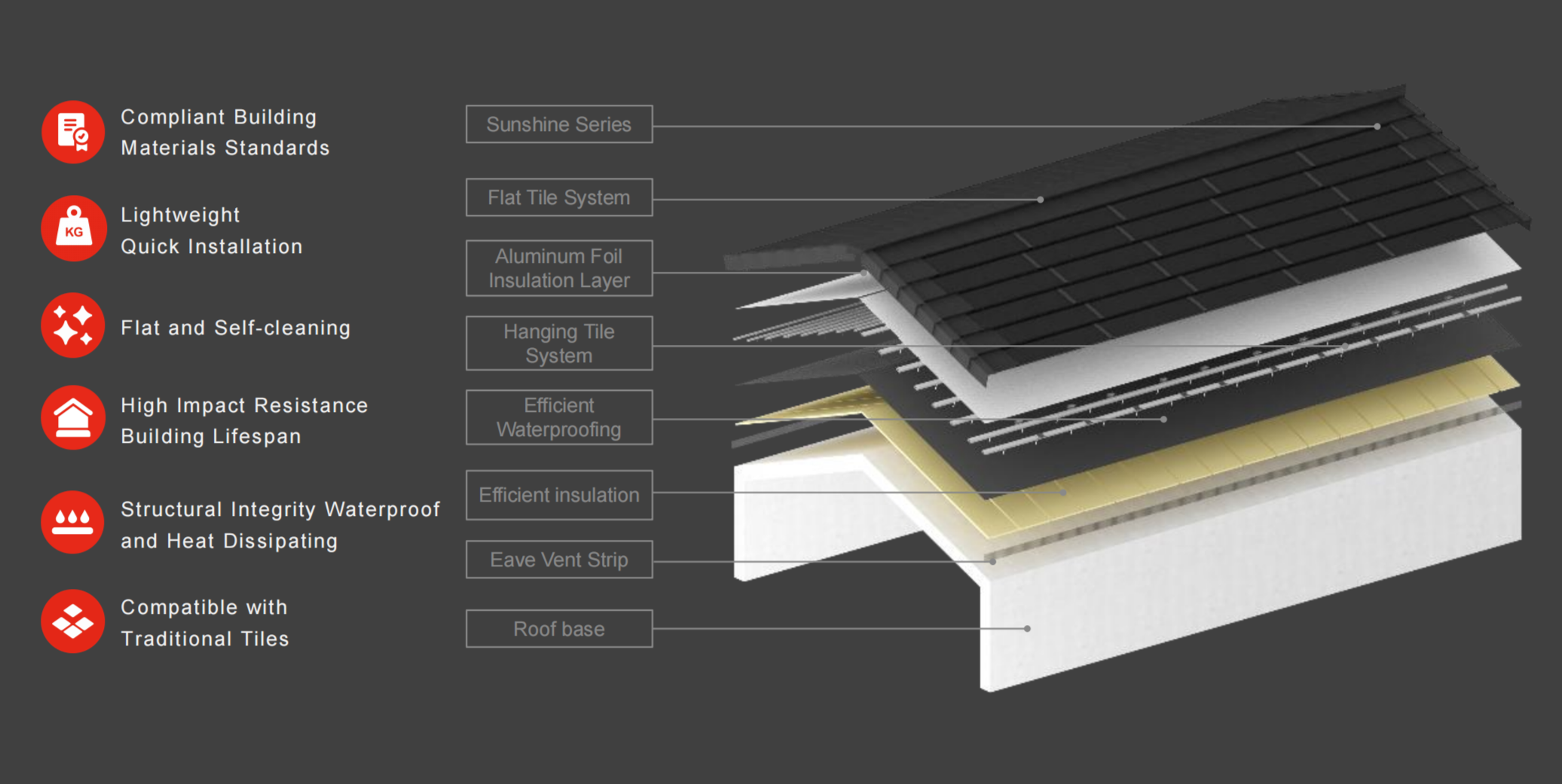

The DC distribution system eliminates AC/DC conversion losses (improving efficiency by 1.7%-3.1% [1]), reducing cable and transformer capacity requirements. With equivalent power supply capability, DC microgrids save copper usage, lowering embodied carbon at the source. Distributed storage supplies power during PV output troughs, reducing grid electricity purchases (operational carbon). More critically, it supports the flexible regulation system in achieving "load shifting"—automatically reducing building electricity consumption during high-carbon grid periods (e.g., coal-fired peak shaving) and shifting operations to low-carbon periods. Flexible regulation technology (e.g., GoodWe's EMS system) dynamically adjusts building load curves, reducing peak electricity consumption.
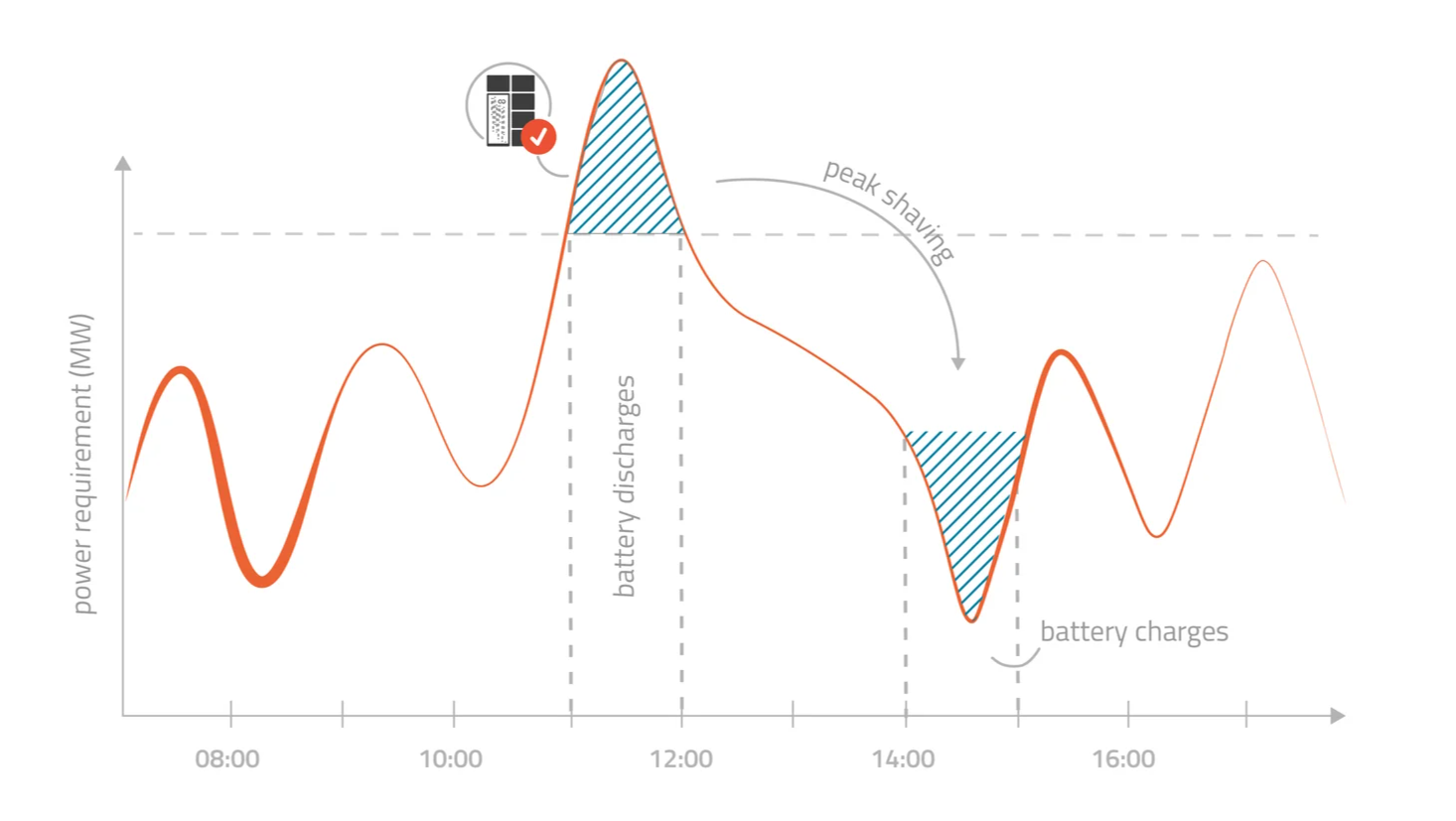
Source: Sistema BESS. Una solución en el almacenamiento de energía, Kin Energy
This not only lowers electricity costs but also directly reduces capacity requirements for equipment like transformers, achieving "source reduction" of embodied carbon.
Smart Carbon Grids: PEDF Scaling from Homes to Cities
PEDF systems are primarily divided into three architectures based on application scenarios:
Household-level PEDF microgrids;
Park-level PEDF systems;
City-level PEDF clusters.
Household-level PEDF microgrids
PEDF systems achieve intelligent building energy upgrades through layered architecture. In household scenarios, PV roofs and energy storage systems form a closed-loop supply: DC power generated by PV directly drives loads like air conditioners and lighting, while storage units smooth generation fluctuations. PV components (e.g., Sunshine Tiles) replace traditional building materials, reducing both structural steel-related embodied carbon and operational carbon through PV generation offset (Sunshine Tiles max. power: 120W). During grid anomalies, off-grid switching within 20ms ensures critical load power supply, reducing diesel backup needs.
Park-level PEDF systems
For industrial parks, BIPV photovoltaic facades and string energy storage systems form energy hubs. The system analyzes electricity prices and grid carbon emission factors in real-time, automatically releasing stored energy during high-carbon periods like coal-fired peak shaving, while dynamically adjusting charging pile power to cut peak loads by 30%, avoiding high-carbon supply modes (1kWh PV electricity reduces ≈0.57kg CO₂: 1kWh coal power emits 0.997kg CO₂ plus SO₂/NOx pollutants [2], while PV system carbon emission per kWh ≈0.0048 kg CO₂/kWh [3]). DC microgrid design reduces power distribution equipment scale and lowers transformer capacity requirements, cutting copper production emissions at the source.
City-level PEDF clusters
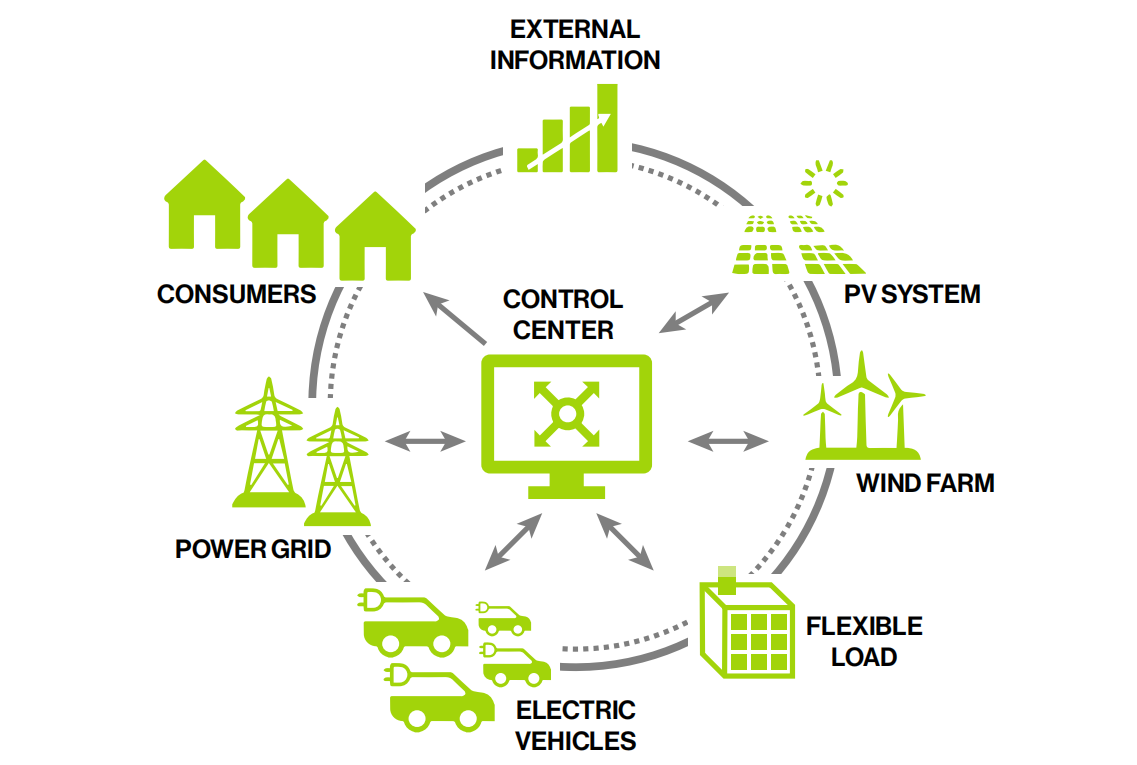
City-level PEDF clusters Source: Integrated DER: Orchestrating the Grid's Last Mile, Guidehouse Insights
At the city level, virtual power plant platforms aggregate distributed PV/storage nodes to form regional carbon governance networks. The platform dispatches building flexible resources to participate in grid demand response, replacing coal-fired peaking units. Blockchain-based green electricity trading mechanisms promote local consumption of distributed energy, reducing transmission/distribution losses. Cloud-based carbon management tools track full lifecycle carbon flow from materials to equipment and provide load forecasting data for new buildings, avoiding resource waste from redundant power distribution capacity design.
Solarise Buildings: GoodWe Turns Carbon Emitters to Clean Cells
The building sector accounts for 40% of global carbon emissions [4], making its decarbonization directly critical to sustainable human development. Against this backdrop, PEDF technology is fundamentally redefining the role of buildings—from terminals that unidirectionally consume grid energy to "prosumers" with both generation and peak-shaving capabilities.
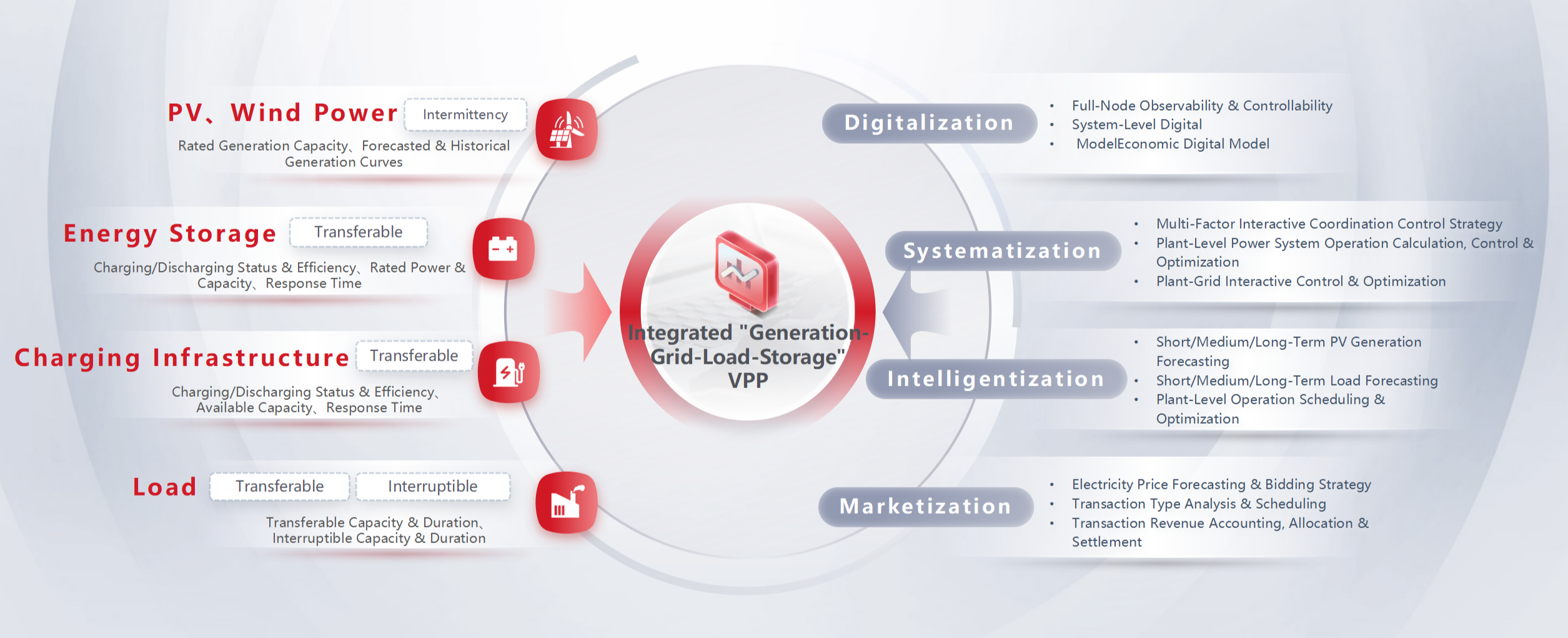
GoodWe, with its "Generation-Grid-Load-Storage-Intelligence" core technological framework, drives buildings toward becoming zero-carbon hubs: achieving energy self-sufficiency through building envelope photovoltaics, balancing spatiotemporal supply-demand with storage systems, eliminating conversion losses via DC distribution, enabling dynamic grid response with flexible loads, and achieving global optimization through smart platforms. This technological architecture transforms buildings into active nodes in the urban energy network, turning roofs, facades, and parking lots into sources of clean power. In the future, GoodWe will continue advancing technological integration and innovation, "Solarise Every Building," becoming the city's vibrant, green energy cells.

